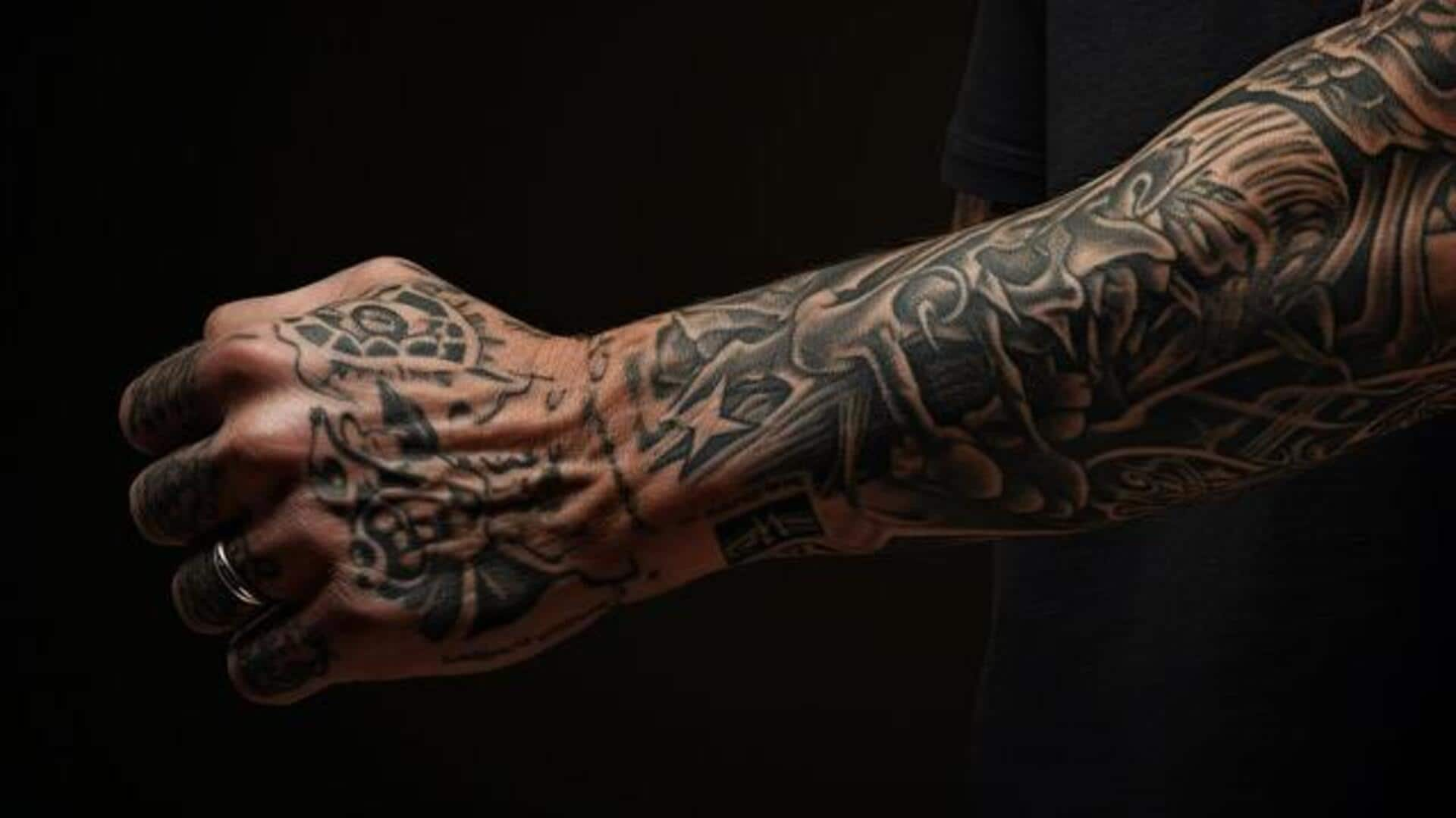
African tattoo art: 5 symbols and their meanings
What's the story
African tattoo art is a rich cultural tradition that spans the continent, with each region having its own unique styles and meanings. These tattoos are not just decorative but also carry deep cultural significance, often representing identity, status, and beliefs. From intricate patterns to symbolic motifs, African tattoos tell stories of heritage and community. Here are five distinctive designs that highlight the diversity and depth of African tattoo art.
#1
The Adinkra symbols
Adinkra symbols are visual symbols that represent concepts and aphorisms in West Africa, especially Ghana. These symbols are often used in textiles, pottery, logos, and advertising. Each symbol has its own meaning; for example, the Gye Nyame symbol represents the supremacy of a higher power. Adinkra tattoos allow individuals to express personal philosophies or connect with their cultural roots through meaningful imagery.
#2
Kente cloth patterns
Kente cloth is a traditional textile from Ghana, famous for its colorful patterns and symbolic meanings. Kente patterns in tattoos can signify wealth, power, or spiritual enlightenment. The vibrant colors used in kente cloth are also important; gold may represent status, while green could symbolize growth or renewal. Wearing kente patterns as tattoos allows people to carry a piece of their heritage with them.
#3
Scarification traditions
Scarification is an ancient practice in many parts of Africa, where skin is deliberately scarred to create patterns or designs. Unlike tattoos made by ink insertion under the skin's surface, scarification involves cutting or burning the skin's top layer. The practice has been used for centuries as rites of passage markers or symbols of bravery and strength within communities.
#4
Tribal face tattoos
Tribal face tattoos are common among several African tribes, as they signify identity and belongingness within a community. These facial markings can denote age group membership or social status levels within tribal hierarchies. They often include geometric shapes inspired by elements like animals or plants sacred to specific tribes.
#5
Nok culture motifs
The Nok culture, which existed in what is now Nigeria from around 1000 BC to 300 AD, is known for its terracotta sculptures. These sculptures often feature intricate motifs that are now being used as tattoo designs. The motifs are inspired by the sculptures' distinctive features, such as large eyes and stylized hairdos. They offer a glimpse into ancient African artistry and its influence on modern tattooing practices.